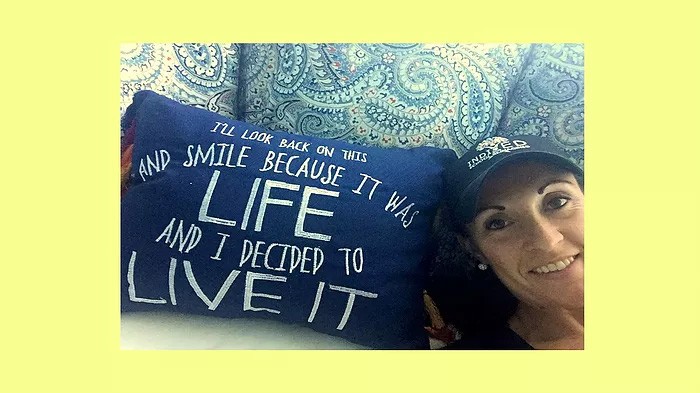Over 1 million people have watched Linda Cliatt-Wayman’s TED talk on how to fix a broken school. While a lot of what she discusses boils down to the basics, the one line that she spoke that resonated with me and that I find myself internalizing more now than ever is, “So what? Now what?”
She uses it in reference to the problems, or what she calls the “excuses”, that people were feeding her about why her students were not succeeding.
Instead of just listening to the excuses and accepting them as futile fact, she simply heard them and questioned how they were going to move forward.
I feel like this slogan has naturally guided my mentality for quite some time but more specifically over the past year or so. When I finally made the decision to jump- to make a change, I was able to no longer remain rooted in the apathetic mindset that exists in our schools but in genuine solutions with Indi-ED.
That does not mean that there haven’t been challenges. Take this week for example. The A/C at our space went down, a family decided that this year wasn’t the right time for them, and we discovered that one families’ payment got lost in the mail since our move.
Those could have been really big excuses to feel down or defeated but it didn’t even enter my mind. I simply worked as much as I could, accepted that things happen for a reason, and honestly explained the situation and did what I could to try to figure it out.
Did I feel badly that the kids were in the process of feeling pumped about designing the space and that I had to inconvenience their families with rescheduling? Absolutely. Was I sad to see this family go? You bet. Was I worried about losing trust? Of course.
But here’s where it is solidified AGAIN that these are the RIGHT families and that WE are on the right track together.
I received phone calls and e-mails saying that they were completely ok with not working until the A/C was fixed. I had five families still show up and deliver pieces of furniture that they went out of their way to get and donate to us. And the family whose payment was lost, not even a second thought-they’d look into helping fix it.
Nothing was intentionally malicious and everything was handled with an understanding, grace on both ends.
These families are perfect examples of a topic that Seth Godin mentioned in a blog post this week that touched on the difference between compliance and contribution.
I’m not sure how I got so lucky but being able to operate from a place of finding solutions and moving forward vs. making excuses or placing blame is what makes any business, relationship, classroom/school or day-to-day interaction successful and quite frankly, just that much more enjoyable.
Imagine if these were the conversations…
-We didn’t hit our number this quarter, now here’s what we can do make some improvements.
-I made a mistake, now here’s what I will do to make sure it doesn’t happen again.
-We didn’t understand this idea, now here’s what we can try to change in order to understand it better.
-There wasn’t a clause in the contract that made addressed the timeliness of repairs, now there is.
So What? Now What? It helps me refocus. Problems don’t need to be magnified or dramatized. They simply are; instead focus on fixing them.
I find myself very lucky to be in a place in life where I am accepting of the balance of happily trusting that things happen for a reason, yet understanding that I’m in complete control of how the outcome will turn out. Getting to be around others who operate from a similar, solutions-based mentality is a place that I wish everyone could be a part of.
I’m not dead yet. I have choices. I will keep driving forward because there will always be solutions.
It’s that simple, now what?
I think Andy Grammer’s song, Masterpiece says it the best, “This is your Masterpiece…Don’t stop till it’s beautiful.”


